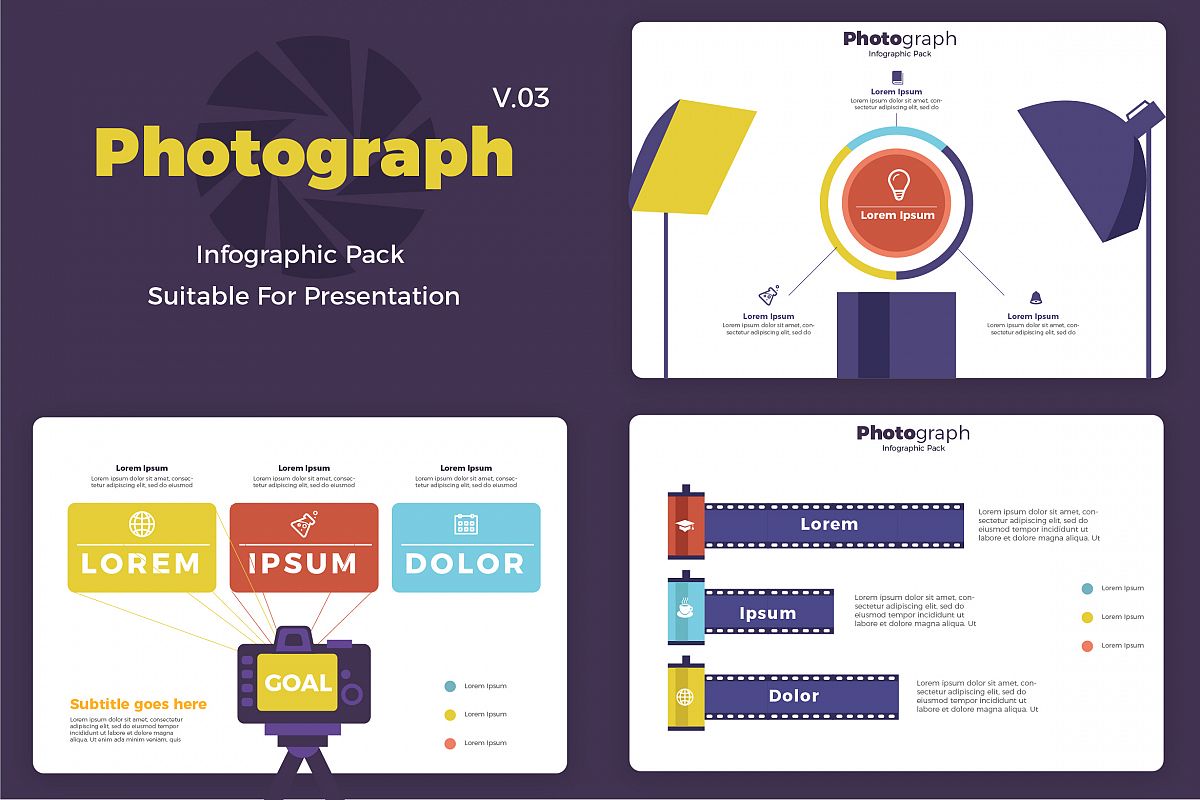What Every Photographer Needs To Know About Lighting
What Every Photographer Needs To Know About Lighting
Blog Article
Web Content Author-Hinson Godwin
As a professional photographer, you understand that illumination can make or break your photos. Understanding the subtleties of both natural and synthetic light is crucial for catching the mood and clearness you go for in your job. Whether you're going after the ideal golden hour glow or tweak your fabricated arrangements, grasping these aspects can boost your photography substantially. Yet there are https://telegra.ph/Common-Errors-New-Photographers-Make-And-Exactly-How-To-Avoid-Them-01-08-2 challenges that many ignore, and acknowledging them can transform your method to every shoot. Let's explore what you might be missing and just how it can impact your results.
Comprehending All-natural Light
Recognizing all-natural light is vital for any type of digital photographer looking to enhance their job. It's the structure of terrific digital photography, affecting mood, tone, and clearness. When https://www.wlwt.com/article/local-photographer-raises-thousands-to-feed-children-while-snapping-porch-pics/32366079 fire outdoors, pay attention to the time of day. The gold hour-- soon after sunup and before sundown-- provides soft, warm light that can change common scenes right into stunning photos.
Do not underestimate the power of cloudy days. Cloud cover diffuses sunlight, developing a soft, also light that's perfect for portraits and macro photography. You'll find shades appear this sort of lights without severe darkness.
Positioning issues, too. Constantly consider your subject's positioning to the light source. If the sun's behind your topic, you might end up with a shape, which can be dramatic yet mightn't be what you desire. On the other hand, straight sunlight can create unflattering darkness.
Trying out angles; in some cases, changing your viewpoint can produce amazing outcomes. Use natural reflectors, like water or sand, to bounce light onto your topic, including dimension.
Mastering Artificial Light
Mastering artificial light is vital for photographers who want to take their abilities to the next level. Whether visit the up coming article utilizing speedlights, studio strobes, or continual lights, comprehending exactly how to adjust these sources can substantially boost your photos.
Beginning by familiarizing yourself with the basics of light top quality, instructions, and color temperature level. Explore various modifiers like softboxes, umbrellas, or grids to control the soft qualities or violence of the light.
You'll discover that soft light commonly produces flattering outcomes, while harsher light can include drama and depth. Do not avoid Headshots for business can boost the three-dimensionality of your subjects.
Pay close attention to the positioning of your lights. A light positioned too close to your topic can create uncomplimentary results, while too far can lead to a lack of information. Make use of a light meter or your cam's histogram to guarantee you're exposing correctly.
Lastly, remember that artificial light can be blended with ambient light for creative effects. Stabilizing these sources might take method, but once you grasp it, your photography will really shine.
Methods for Different Circumstances
When you step into various capturing circumstances, adapting your lights techniques is vital for capturing the best images. For outside pictures, utilize the golden hour-- morning or late afternoon light-- to soften shadows and boost skin tones.
If it's an extreme lunchtime sunlight, take into consideration utilizing a reflector to jump light back onto your topic or look for shaded areas for a more even direct exposure.
In low-light scenarios, like indoor events, raise your ISO and use a vast aperture to let in even more light. A tripod can help remove cam shake, permitting longer direct exposures without blurring.
If you're contending night, trying out off-camera flash to develop dynamic lighting and depth in your images.
For item digital photography, use diffused illumination to stay clear of rough representations. Softboxes or light tents can assist accomplish this result.
When photographing landscapes, take into consideration the instructions of light and time of day, as it can dramatically alter the state of mind of your shot.
Always prepare to readjust your setups and placing based upon the circumstance, as flexibility is crucial to grasping lights in digital photography.
Final thought
To conclude, understanding lighting is vital to boosting your digital photography skills. Accept all-natural light's charm during golden hour, and do not shy away from try out fabricated light techniques. By adapting your strategy to various situations, you'll record sensational pictures that resonate with emotion and clarity. Remember, the ideal lighting can change an average shot into something amazing, so keep practicing and fine-tuning your understanding of both natural and artificial light. Pleased shooting!
